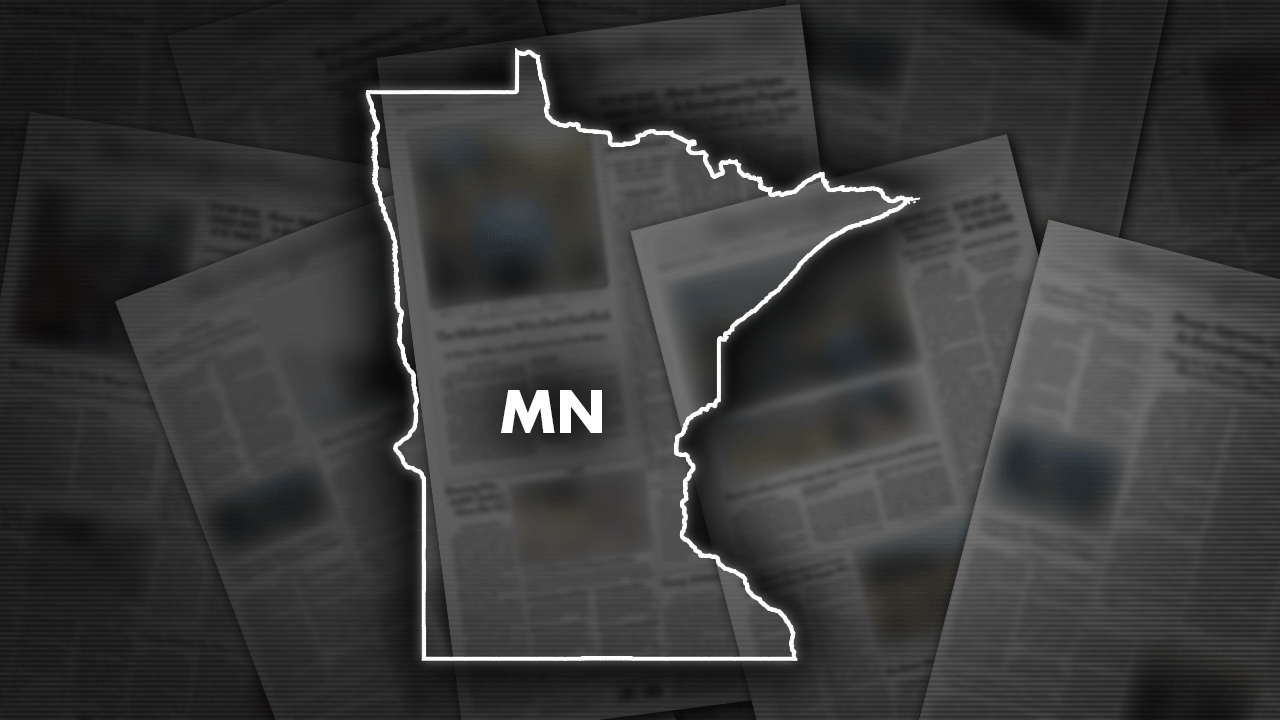A noose that was used in the largest mass execution in U.S. history will be returned to a Dakota tribe, the Minnesota Historical Society announced.
The society plans to repatriate what is known as the Mankato Hanging Rope to the Prairie Island Indian Community after the 30-day notice period required under federal law. It was used to hang Wicanhpi Wastedanpi — in English, Good Little Stars — also known as Chaske. He was one of 38 Dakota men executed in Mankato following the U.S.-Dakota War of 1862. It has been in the society’s collection since 1869, but out of sensitivity to the Dakota people, it is not on public display.
“This is a harmful and painful object that does not reflect the mission and the values of MNHS today,” the society said in a statement Tuesday.
OHIO HISTORICAL SOCIETY MOVES CLOSER TO GAINING CONTROL OF ANCIENT TRIBAL SITE, NOW A GOLF COURSE
The society said all 11 of the other federally recognized Dakota tribal nations have expressed support for the Prairie Island community’s claim, which was made under the Native American Graves Protection and Repatriation Act. The federal law sets up a process for museums and federal agencies to return certain Native American cultural items, including funerary and sacred objects, to tribes and direct decedents of the people they belonged to.
Prairie Island tribal government officials expressed gratitude for the decision to return the noose.

The Minnesota Historical Society has announced its intent to return the noose used in America’s largest-ever mass execution to a local Dakota tribe. (Fox News)
“What happened to 38 of our relatives will never be forgotten,” Noah White, the tribe’s historic preservation officer, said in a statement. “The repatriation of this item stolen from Wastedanpi’s grave is important to all Dakota people. It serves as a vivid reminder of what happened to our relatives.” It also allows “the process of healing within our Dakota communities to continue.”
The 38 Dakota men were hanged Dec. 26, 1862, under orders from former President Abraham Lincoln. They were among 303 people initially sentenced to death in military trials that historians have described as a farce, with some taking as little as five minutes. In addition, the Native American men were denied counsel and did not understand the proceedings. Lincoln later pardoned most of them. Historians believe Wicanhpi Wastedanpi himself likely was executed by mistake.
In a donation letter that is still in the society’s collection, Capt. J.K. Arnold wrote that he took the noose from Wicanhpi Wastedanpi’s grave and hid it so that it wouldn’t be sent to Washington with the other nooses used in the hangings.
The six-week U.S.-Dakota War of 1862 exploded in southwestern Minnesota after decades of tensions between settlers and Dakota people and unkept treaty promises by government officials, according to the society. Many of the Dakota confined to a small reservation were starving when a group of Dakota men attacked some white settlers.
CLICK HERE TO GET THE FOX NEWS APP
By the time it was over, more than 600 settlers were dead, including women and children. The society says that the number of Dakota casualties is unrecorded but that fewer than 1,000 Dakota, out of a population of more than 7,000, participated in the uprising. Many who survived were forcibly removed from Minnesota.






